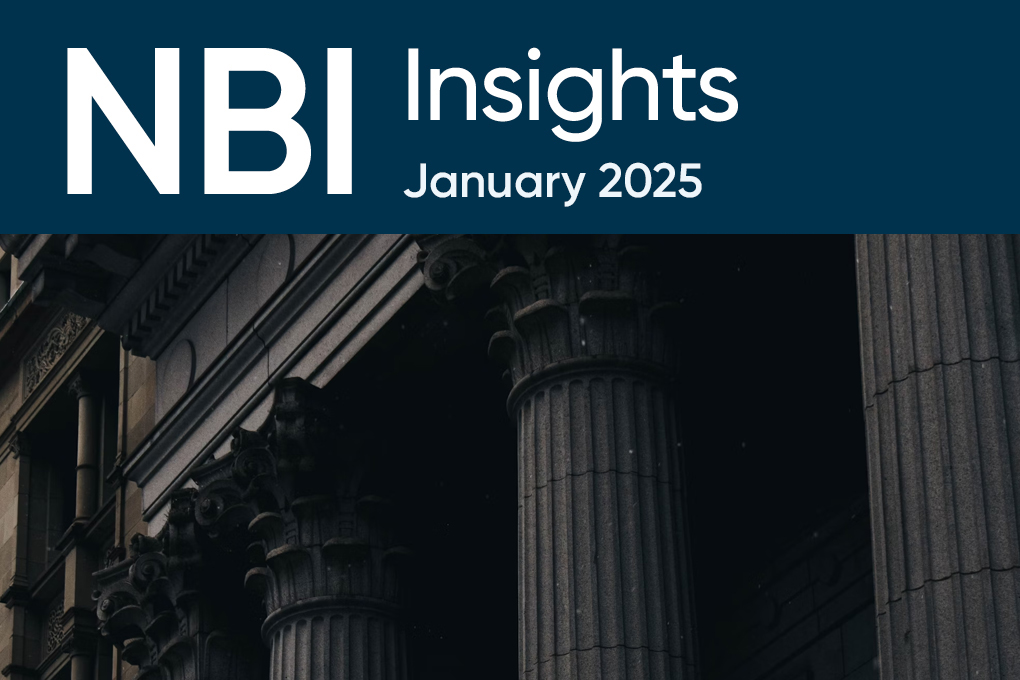What are senior bank loans?
Senior bank loans ("Bank loans") are floating-rate debt instruments typically arranged and managed by a financial institution serving as the agent for the participating lenders. A practical example of bank loans is a large company looking to acquire another company. To fund the acquisition, the company requests a loan from a large American bank (underwriter). Given the substantial loan amount, the bank forms a syndicate of lenders to share the risk equally ("pari-passu"). In this arrangement, the bank assumes the role of administrative agent, coordinating and managing the loan on behalf of the syndicate.


Source : AlphaFixe Capital
Bank loans hold priority over other liabilities for repayment in the event of a borrower’s bankruptcy or restructuring, with repayment backed by pledged assets, such as a house used as collateral for a mortgage. This priority, combined with the secured nature of the loans and the inclusion of covenants, reduces credit risk and enhances the recovery rate compared to unsecured corporate bonds. This feature is particularly valuable in uncertain economic conditions. Like corporate bonds, bank loans are debt securities, but their unique characteristics make them an attractive option in a diversified investment portfolio.

Source : AlphaFixe Capital
Why now?
1 High return potential despite rate cuts
Bank loans offer investors a unique opportunity to achieve high-income potential. As floating rate financial instruments, they benefit from rising interest rates in inflationary environments, with minimal negative impact from duration risk. In a low-rate economy, income-focused investors, such as those nearing or in retirement, can meet their income goals without taking on excessive risk, especially as returns on other income-generating assets decline.
2 Increased Portfolio Diversification
Senior bank loans have historically demonstrated low correlation to traditional asset classes such as equities and government bonds. This diversification helps reduce portfolio volatility, particularly during economic slowdown or market uncertainty. With minimal rate sensitivity (less than 0.25 years in duration), floating-rate senior bank loans add resilience against rate-driven price fluctuations. Consequently, they can enhance a portfolio's overall risk-adjusted return and be an attractive alternative to traditional bonds with reduced duration exposure.
3 The value of active management in a changing rate environment
Active management in a bank loan fund allows managers to uncover investment opportunities among high-quality borrowers and industries that promote capital preservation. This approach involves rigorous analysis of target companies with a thorough understanding of the legal documentation underpinning the loans. Managers can dynamically adjust allocations, reduce exposure to specific sectors or prioritize companies based on predefined criteria. This proactive approach mitigates risks across economic cycles, adding value for investors by leveraging expertise and flexibility to adapt to economic fluctuations.
How do you integrate them into a portfolio?
Bank loan funds aim to deliver high current yields while preserving capital. They seek to achieve this by leveraging their structural advantages: seniority in capital structure, high coupons, reduced duration risk, and low correlation with other asset classes. Whether used for income generation, diversification, or risk mitigation, floating-rate senior bank loans can be a vital component of in a well-balanced portfolio. In today’s complex and dynamic financial environment, they represent an asset class worth considering.
Written in collaboration with AlphaFixe Capital Inc.


